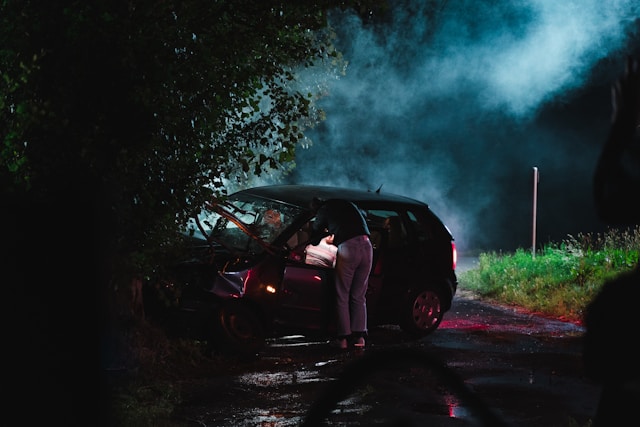All the people who are tired of the selfie stick trend are going to be exuberant about this new device, the Lily Flying Camera. The race towards capturing the best self-portrait was turning the consumer market crazy over the latest professional drones that promised beautiful shots, but they failed to deliver. Several drones entered the market in this regard, which promised algorithmically-aligned angles, and perfect shots, all available for a reasonable budget. Even though it wasn’t hard to imagine a family buying a drone to capture family pictures, their failure to provide excellent results left much to be desired.
This is the market that Lily wanted to capture. Their main objective was to build a family-friendly picture gadget. The latest prototype of the flying camera can record 1080p videos at 60 fps or 720p at 120fps in slow motion. The logo of the company resembles a smiling emoji, providing the user the impression that it is happy to be of service.
The company is not taking the same marketing route as its predecessors. It is breaking the status quo by advertising the camera as being waterproof, so it can be operated near a water source, and its ability to go into an “orbit” immediately after taking off. This feature can allow the camera to take off without requiring everyone to stand back as it does so. A 20-minute flight time is somewhat a hindrance, though, because the batteries are sealed inside and cannot be swapped once they run out. Then, it will need to be charged for 2 hours before it can be used again.
The new camera has ushered in a new age of camera/drone technology that has sparked a lot of interest among investors. This is one of the reasons why multiple companies have funded this venture. According to a press release, Lily has managed to secure $14 million in funding.
Lily further stated that “Today, we’re pleased to share that we have secured a total of 15 million dollars in private funding. Our investors include Spark Capital, SV Angel, the Stanford-StartX Fund, as well as musician Steve Aoki and football legend Joe Montana. We are very fortunate to have the support of this incredible group of people. This backing allows us to progress toward our ship date, expand the team as needed, and remain laser-focused on delivering a state of the art flying camera to you in summer 2016.”
Before the massive investment of $14 million, the company was successful in acquiring $41 million in capital for their venture. Bijan Sabet, a representative of Spark Capital, expressed his confidence in the company, regardless of a delayed shipment date. He said in a statement, “We have confidence that the delay is the right thing to do for their customers and ultimately will give them the time to deliver the best possible product. I believe they will do just that.”






